The Cardisoma guanhumi, known as the blue land crab is in vulnerability nationwide. This large and robust Crustacean about 10 a 12 cm in diameter in its shell, quite easy to recognize when it is an adult due to its blue coloration and large pincers., that during the breeding season the females acquire a whitish or yellowish color, and the smaller ones purple and orange.
They live in coastal areas, as in Palomino, Manaure, Cabo de La Vela and in the district of Riohacha it is very common in the mangroves, in deep excavations, feeding on algae and small particles that they take with their gigantic pincers.
During their reproductive season they move en masse towards the sea where they lay their eggs in shallow waters.. Because it is edible and large in size, it is persecuted by coastal inhabitants., in turn they have been affected by the destruction of mangroves, so they must migrate being easily captured.

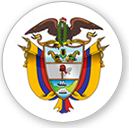

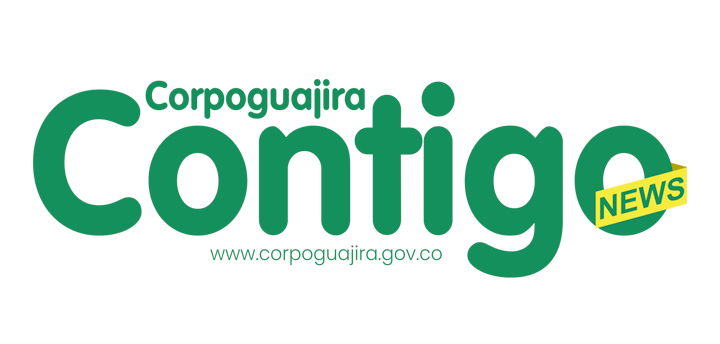



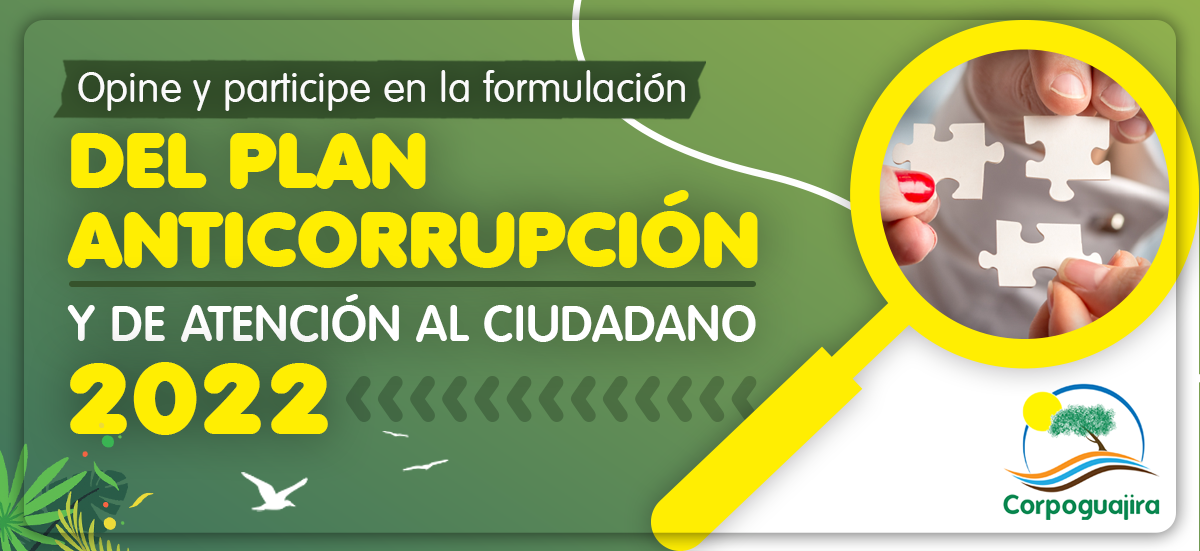
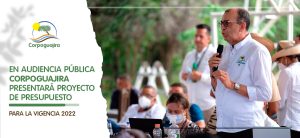







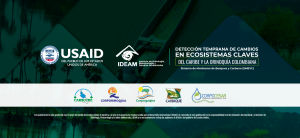










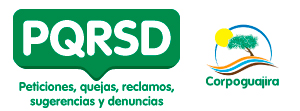
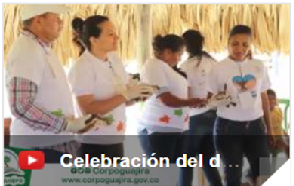


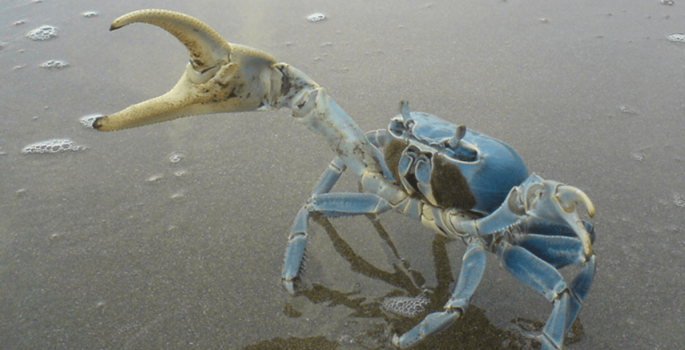
Leave a reply
I am sorry, you should be connected to post a comment.